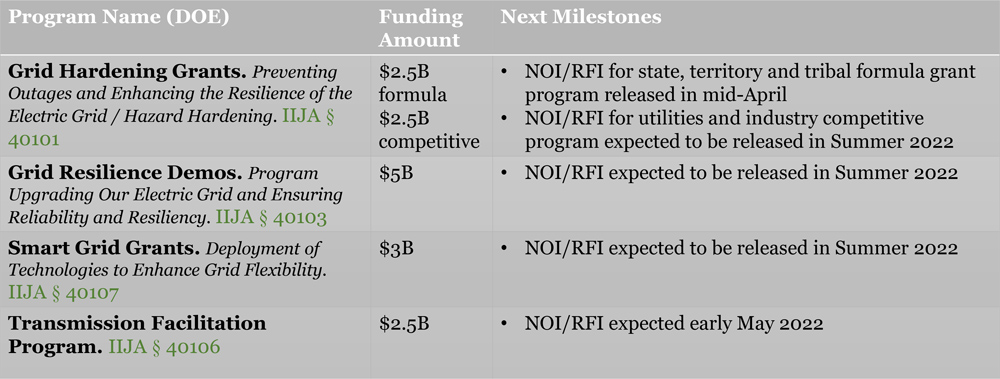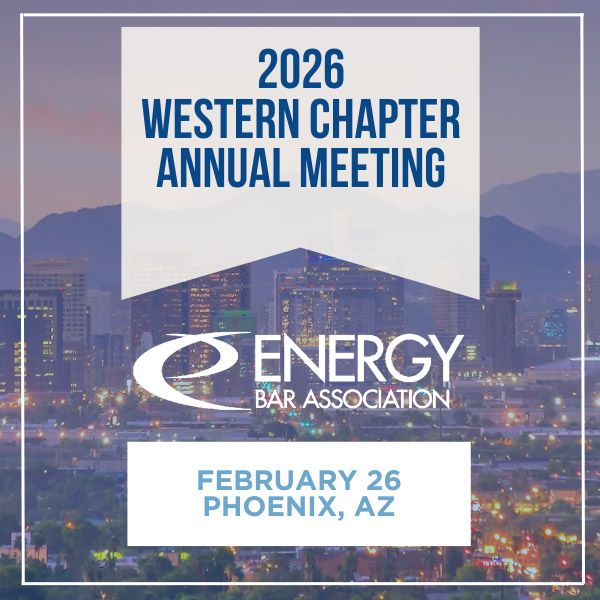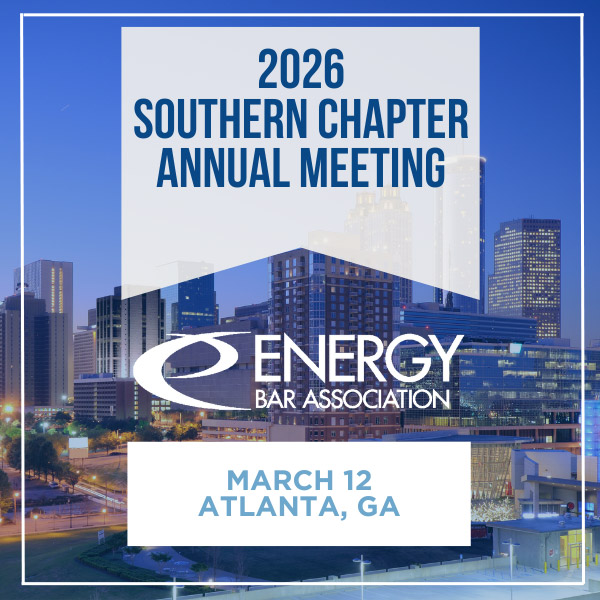DOE Seeks Input on Tx Loan, ‘Anchor Tenant’ Programs
May 10, 2022
|
DOE is seeking comment on how it should implement the “anchor tenant” and revolving loan transmission programs created by the bipartisan infrastructure law.



